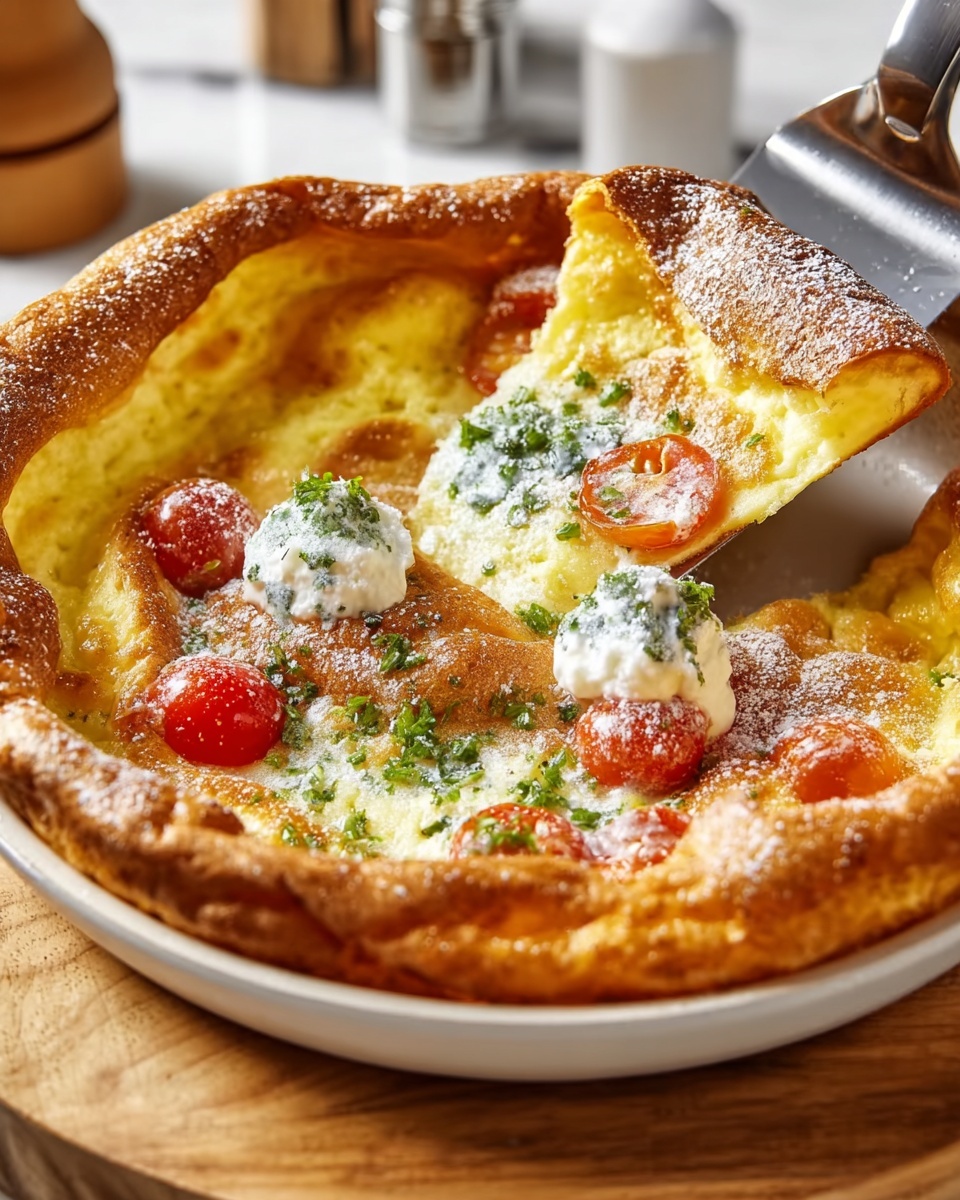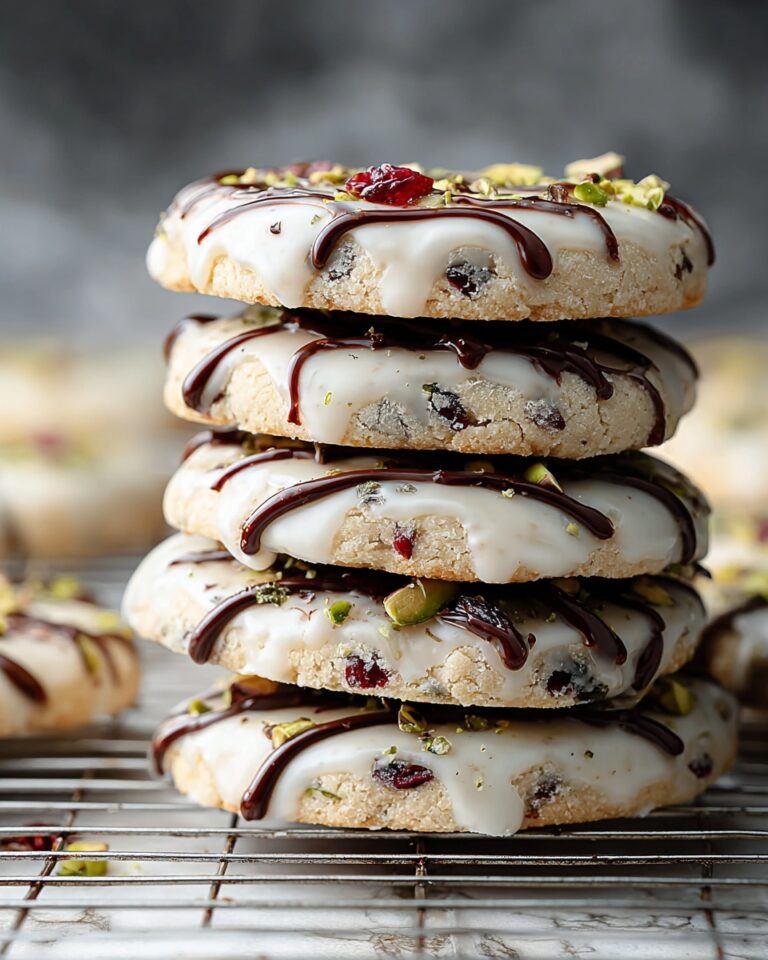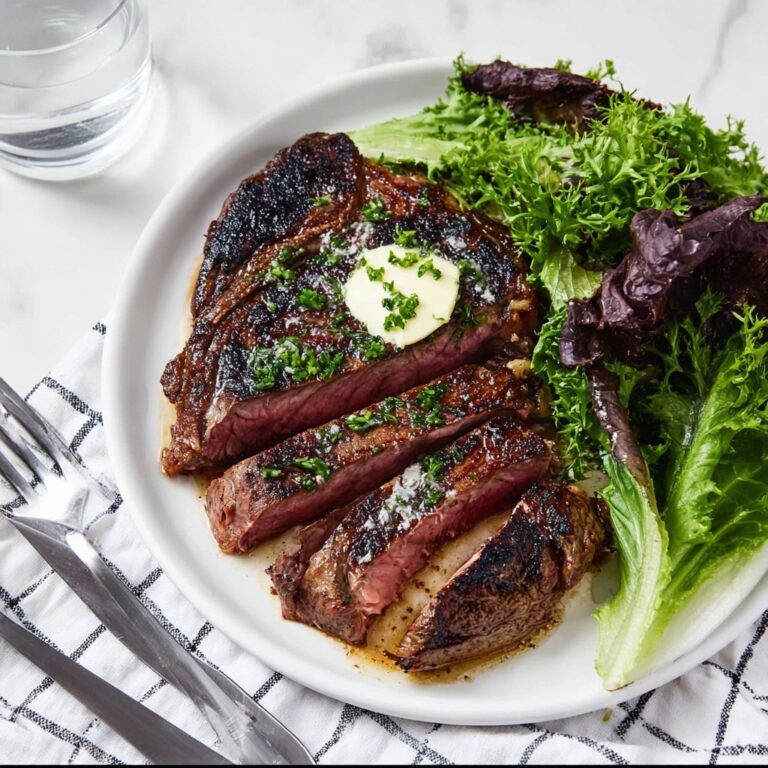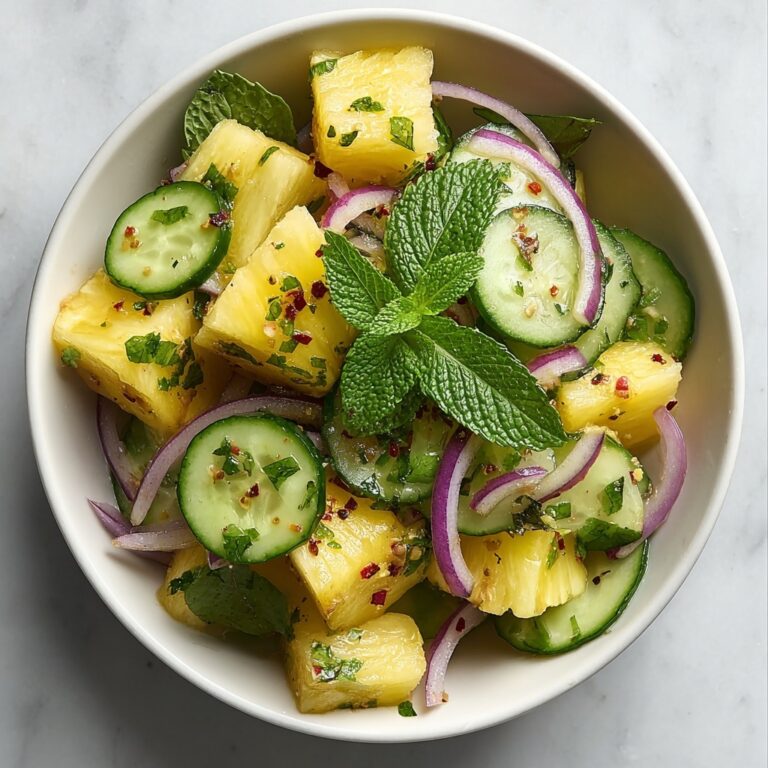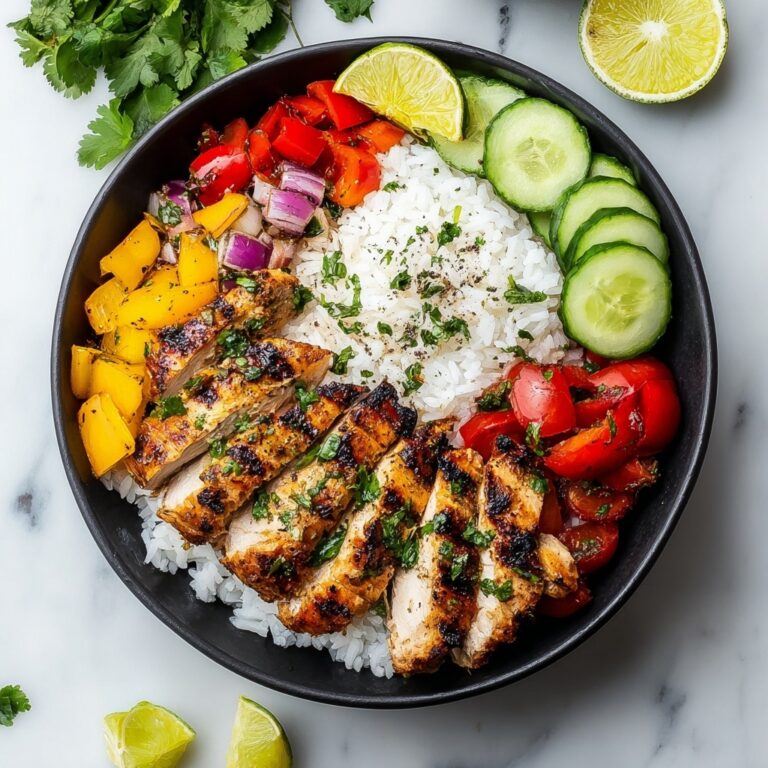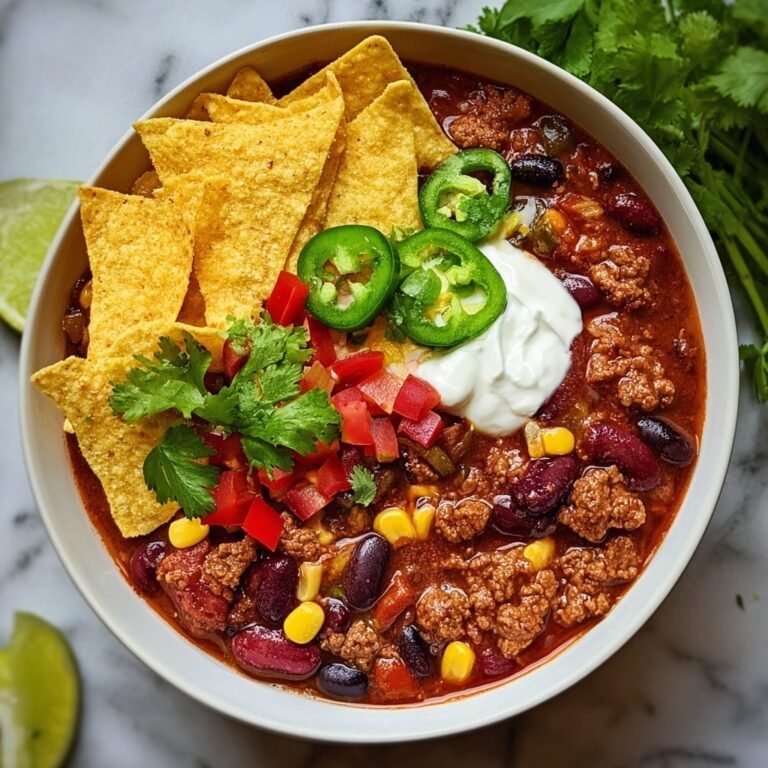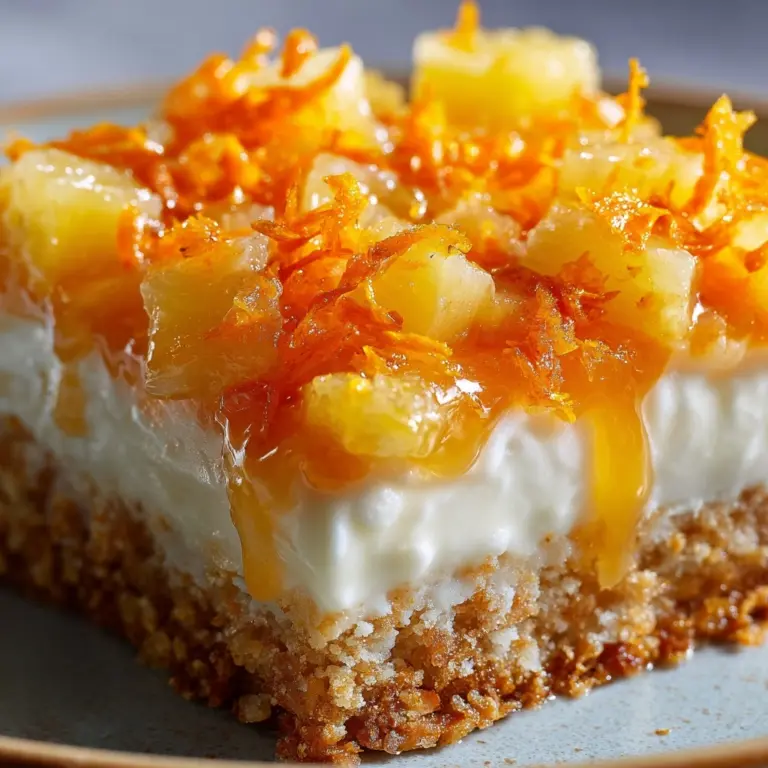If you have a soft spot for breakfast dishes that combine simplicity with a touch of show-stopping flair, then this Baked German Pancake (Dutch Baby) Recipe is about to become your new favorite. It’s a delightfully puffy, golden treat that bakes up beautifully in one skillet and offers a stunning presentation with minimal effort. With its crisp edges and tender, custard-like center, this pancake brings together classic flavors in a way that’s both comforting and impressive—ideal for weekend brunches, special mornings, or anytime you want to impress without stress.
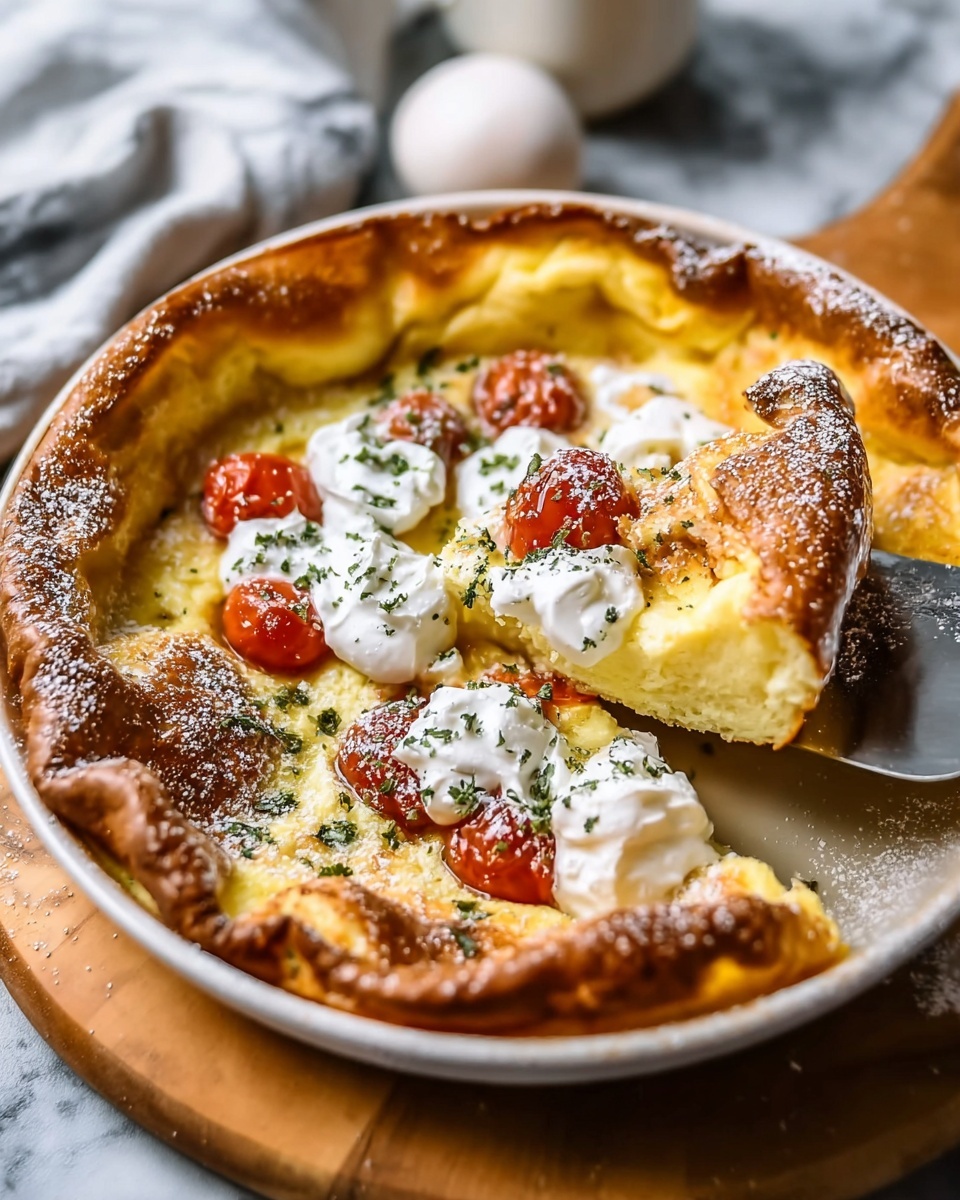
Ingredients You’ll Need
This Baked German Pancake (Dutch Baby) Recipe relies on a handful of pantry staples that work harmoniously to create its signature texture and flavor. Each ingredient plays a crucial role, from the eggs that give it lift to the butter that ensures a perfectly crisp crust.
- 3 large eggs: They provide structure and richness, essential for the pancake’s incredible rise.
- 1/2 cup all-purpose flour: The base that gives the pancake its delicate body; use freshly sifted for the best texture.
- 1/2 cup milk: Adds moisture and a creamy softness to the batter, balancing the crisp edges.
- 2 tablespoons granulated sugar: Just enough sweetness to enhance flavor without overpowering it.
- 1/4 teaspoon salt: A small pinch that elevates all the flavors beautifully.
- 1/2 teaspoon vanilla extract: Adds warm, aromatic notes that complement the dish wonderfully.
- 2 tablespoons unsalted butter: Key for coating the skillet and giving the pancake a crisp, golden crust.
How to Make Baked German Pancake (Dutch Baby) Recipe
Step 1: Preheat and Prepare Your Skillet
Start by heating your oven to a steamy 425°F (220°C). Place a 10-inch oven-safe skillet—cast iron works perfectly—right in the oven as it heats. This step is crucial because a hot skillet helps create that irresistible crispness along the edges once the batter hits the pan.
Step 2: Whisk Together the Batter
While your skillet heats, combine the eggs, all-purpose flour, milk, sugar, salt, and vanilla extract in a blender or a bowl if you prefer to whisk by hand. Whip or blend everything until smooth and absolutely lump-free. A silky batter ensures your pancake has that wonderfully tender texture inside.
Step 3: Butter Your Hot Skillet
Carefully remove your sizzling skillet from the oven—it will be hot, so handle with caution! Add the buttery goodness into the pan and swirl it around so the bottom and sides become fully coated. This butter bath is what gives the pancake its golden, slightly crisp edges that everyone loves.
Step 4: Pour and Bake
Pour your perfectly mixed batter directly into the buttered skillet. Swiftly return it to the oven. This quick return to heat encourages that dramatic puffing effect, where the pancake edges surge upwards in a delightful, golden crescendo.
Step 5: Bake to Perfection
Bake for 20 to 25 minutes, watching as the pancake grows in height and turns a gorgeous golden brown. This is when the magic happens; the pancake should be puffed strongly and have crispy edges, signaling it’s ready to come out.
Step 6: Cool and Serve
Take the skillet out and allow the pancake to cool just a little—and prepare for the inevitable slight deflation as it settles. Serve this masterpiece warm with your favorite toppings and enjoy every bite of this easy yet elegant treat.
How to Serve Baked German Pancake (Dutch Baby) Recipe
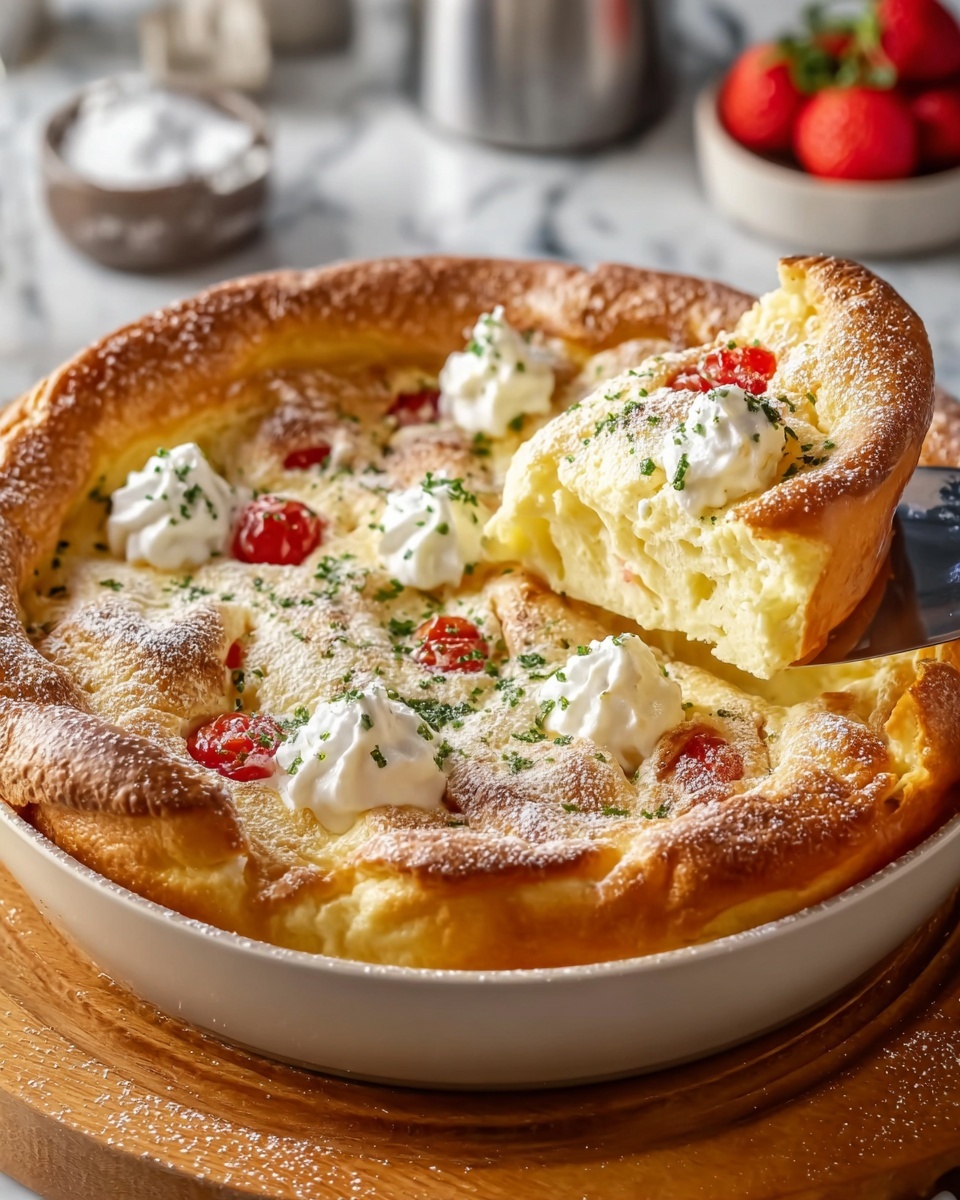
Garnishes
One of the best parts of the Baked German Pancake (Dutch Baby) Recipe is its versatility with toppings. Dust with powdered sugar for a classic look, add fresh berries or sliced fruits for a burst of color and sweetness, drizzle with warm maple syrup, or brighten it up with a splash of fresh lemon juice. Each option brings a new flavor dimension and keeps things exciting.
Side Dishes
Pair your Dutch Baby with a side of crispy bacon or sausages for those who love a savory balance. A fresh green salad or a bowl of seasonal fruit also complements the richness beautifully, making your meal feel complete and well-rounded.
Creative Ways to Present
Want to wow your guests? Serve individual Dutch babies in mini skillets or ramekins for personalized portions. Or, fold in some cinnamon or nutmeg into the batter for a cozy spice twist. You can even turn it into a dessert by adding a dollop of whipped cream and a sprinkle of toasted nuts on top.
Make Ahead and Storage
Storing Leftovers
Any leftover Baked German Pancake (Dutch Baby) Recipe can be stored in an airtight container in the refrigerator for up to 2 days. While it won’t hold its dramatic puff, the flavor and texture are still delightful when warmed gently.
Freezing
Because this pancake is best enjoyed fresh, freezing isn’t ideal as it tends to lose its signature puff and crispness. However, if you want to freeze it, wrap tightly in foil and place in a freezer-safe bag. Consume within a month for best results.
Reheating
To bring back some of the original magic, reheat the pancake gently in a preheated oven at 350°F (175°C) for about 5-7 minutes. This helps regain some crispness and warmth, making your leftovers taste almost freshly baked.
FAQs
Can I use a different type of flour?
All-purpose flour gives the best structure, but you can experiment with whole wheat or gluten-free blends. Just be aware that the texture and rise might change slightly.
Why does my Dutch baby pancake deflate after baking?
It’s completely normal for a Dutch Baby to puff dramatically in the oven and then gently deflate once out. The puff is caused by steam and air expanding, and as it cools, it settles back down.
Can I add mix-ins like fruit or chocolate chips?
While you can add toppings after baking, putting mix-ins directly into the batter can weigh it down and affect the puff. It’s better to add such goodies on top or serve alongside.
What type of skillet is best for this recipe?
A 10-inch cast iron skillet is ideal because it retains heat evenly, giving that crisp crust. Oven-safe stainless steel skillets work too, just ensure they can handle high temperatures.
Is this pancake suitable for breakfast only?
Not at all! This Baked German Pancake (Dutch Baby) Recipe works wonderfully for breakfast, brunch, or even a light dinner, and with different toppings, it can be transformed into a sweet dessert.
Final Thoughts
Once you’ve tasted the joy of a warm, puffed-up Baked German Pancake (Dutch Baby) Recipe fresh from the oven, it’s hard not to keep coming back for more. Its ease, elegance, and adaptability make it an absolute winner in any kitchen. So go ahead, gather your ingredients, and treat yourself and those you love to this delightful dish that never fails to impress.
Print
Baked German Pancake (Dutch Baby) Recipe
- Prep Time: 10 minutes
- Cook Time: 20-25 minutes
- Total Time: 30-35 minutes
- Yield: 4 servings
- Category: Breakfast, Brunch
- Method: Baking
- Cuisine: German
Description
This Baked German Pancake, also known as a Dutch Baby, is a light, fluffy, and golden puffed pancake baked in a hot oven-safe skillet. It features a simple batter made from eggs, flour, milk, sugar, and vanilla, baked until puffed and crispy on the edges. Served warm, it is perfect for breakfast or brunch and can be topped with powdered sugar, fresh fruit, maple syrup, or lemon juice for added flavor.
Ingredients
For the Batter
- 3 large eggs
- 1/2 cup all-purpose flour
- 1/2 cup milk
- 2 tablespoons granulated sugar
- 1/4 teaspoon salt
- 1/2 teaspoon vanilla extract
For Cooking
- 2 tablespoons unsalted butter
Instructions
- Preheat the oven. Set your oven to 425°F (220°C) and place a 10-inch oven-safe skillet, such as a cast iron skillet, inside to heat up while you prepare the batter. This ensures the pan is hot enough to create the signature puff.
- Prepare the batter. In a blender or mixing bowl, combine the eggs, all-purpose flour, milk, granulated sugar, salt, and vanilla extract. Blend or whisk thoroughly until you achieve a smooth, lump-free batter.
- Melt the butter in the skillet. Carefully remove the preheated skillet from the oven (use oven mitts) and add the unsalted butter. Swirl the skillet gently to melt the butter and coat the entire bottom and sides of the pan to prevent sticking.
- Pour the batter. Immediately pour the smooth batter into the skillet with the melted butter, ensuring even distribution.
- Bake the pancake. Return the skillet to the oven and bake for 20 to 25 minutes. The pancake will puff up dramatically and develop a golden brown color around the edges when ready.
- Cool and serve. Remove from the oven and let the pancake cool slightly; it will deflate a bit as it cools. Serve warm topped as desired with powdered sugar, fresh fruit, maple syrup, or a squeeze of lemon juice.
Notes
- Use a well-seasoned cast iron or oven-safe skillet for best results.
- Serve immediately for the best texture; the pancake will deflate as it cools.
- Feel free to customize toppings with berries, nuts, or yogurt.
- Ensure the skillet is hot before adding the batter to achieve optimal puffiness.

